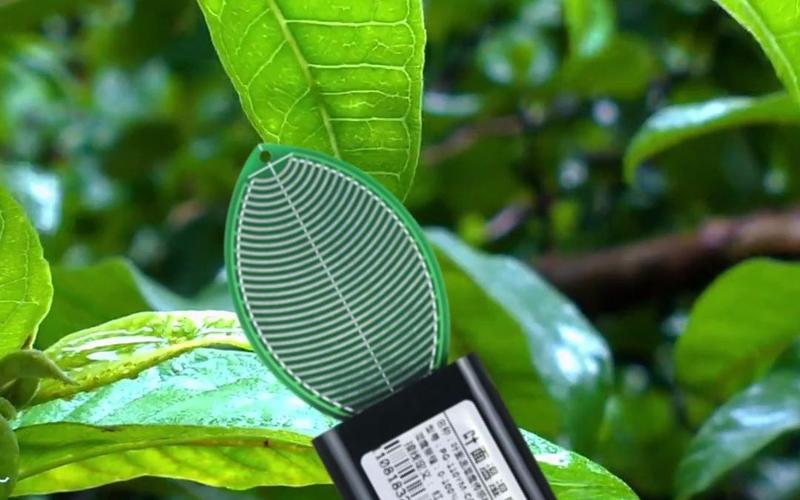Hello, today let us unveil the mystery of plant sensors, a team of plant science and technology "secret agents". This group of small agents is like the plant's "private detective", shuttling in the plant's leaves and roots, always monitoring the state of the plant. They are equipped with a series of tiny sensors as if the plant's "ears" and "nose", to help plants sense the surrounding environment.
Imagine plant sensors as a mysterious piece of equipment specially created for plants, which act as a superpower for plants, allowing them to better perceive their surroundings. These sensors can be like a set of high-tech fashion coats, letting the plant in the natural world show a more unique style.

These plant sensors can accurately sense the moisture content of the soil, much like a plant's tiny, delicate nose. They can smell the moisture content of the soil and transmit this information to the plant's roots, letting the plant know when it needs to absorb water and how much. In this way, the plant can better adapt to its environment and avoid wilting due to lack of water. In addition, plant sensors can sense light intensity, like the eyes of a plant. They can sense the intensity and direction of sunlight and transmit this information to the stems and leaves of the plant, allowing the plant to better utilize sunlight for photosynthesis. In this way, plants can thrive under different light conditions, bringing more greenery and life to nature. Plant sensors can also sense temperature, like the skin of a plant. They can feel the temperature changes around them and transmit this information to the internal organs of the plant, allowing the plant to better adapt to its environment. In this way, plants can thrive in different climates, bringing more beauty and diversity to nature.
These little agents not only have "superpower equipment", but also have "conversation" skills. By monitoring the chemical signals released by plants, they are like having a subtle communication with plants. This tacit understanding of the dialogue, so that plant sensors become a friend of the plant's soul, to understand the plant's needs and mood.
Plant sensors work like a superb translators, and they play an important role as translators on plants. These little "translators" are not only able to keenly perceive the information of the environment in which the plant is located, but also have amazing translation skills to translate the state of the plant into a language that humans can understand, so that we can better understand the inner world of plants.

Imagine a plant sensor that opens the door to a plant's "language school". Through this technological "translation", it is as if we are in the midst of a plant language feast, exploring the moods and feelings of plants. In this "school", we can learn about the environmental information perceived by plants, as if we were learning a fascinating course about plant growth.
Plant sensors help us to learn more about plant growth through accurate "translation". They act as the plant's minders, translating the chemical signals released by the plant into a familiar language that allows us to understand the plant's needs, pleasures or challenges in a particular environment.

This process is like a wonderful rendition of "Language Dialogue", in which the plant sensors are responsible for translating the language of plants into our language, realizing the tacit communication between plants and humans. Through this "language school" experience, we can perceive the emotions and needs of plants more closely, making our interaction with plants more profound and interesting.
Therefore, the "translation" function of plant sensors is not only a manifestation of technology but also a bridge of communication between plants and humans. Through the assistance of this technological "translator", we have the opportunity to understand the moods and feelings of plants more subtly and provide more intimate care for the growth of plants.





